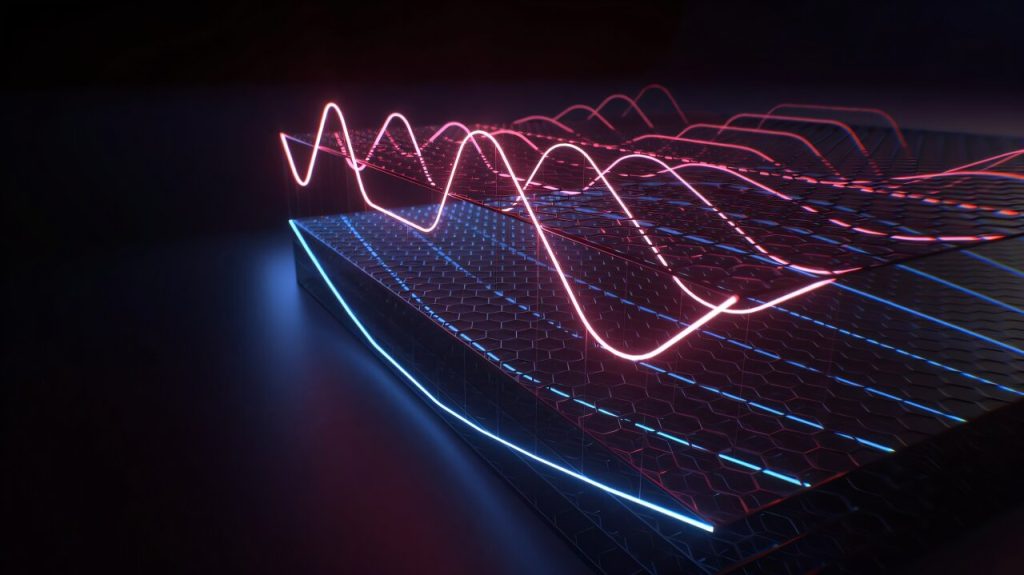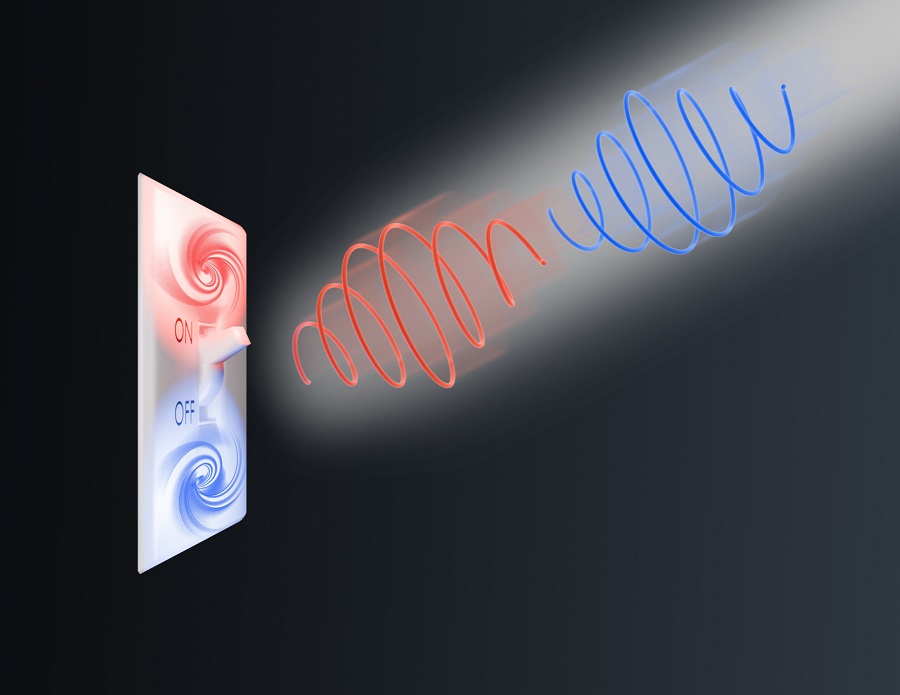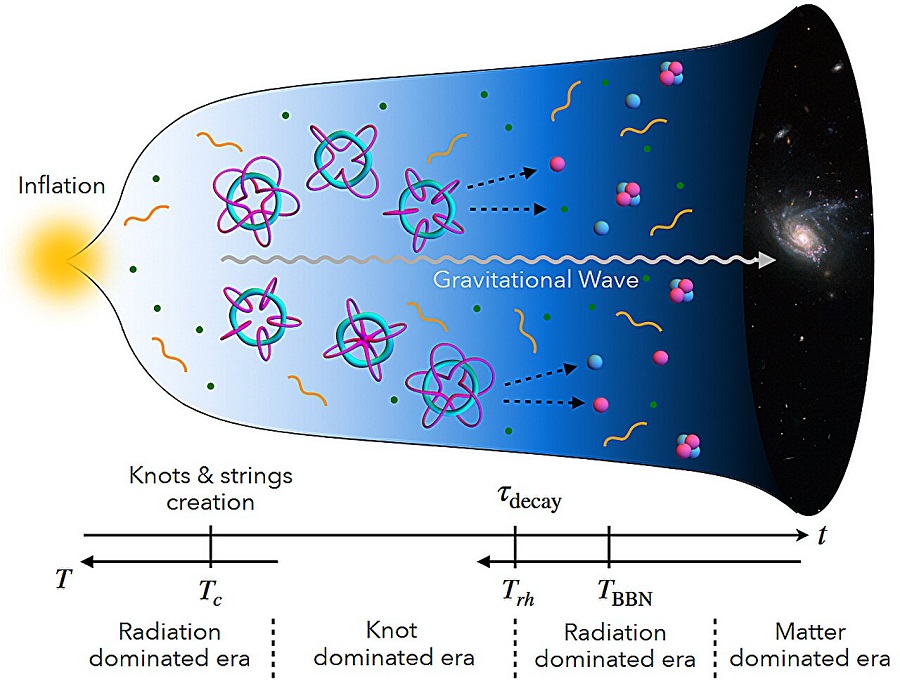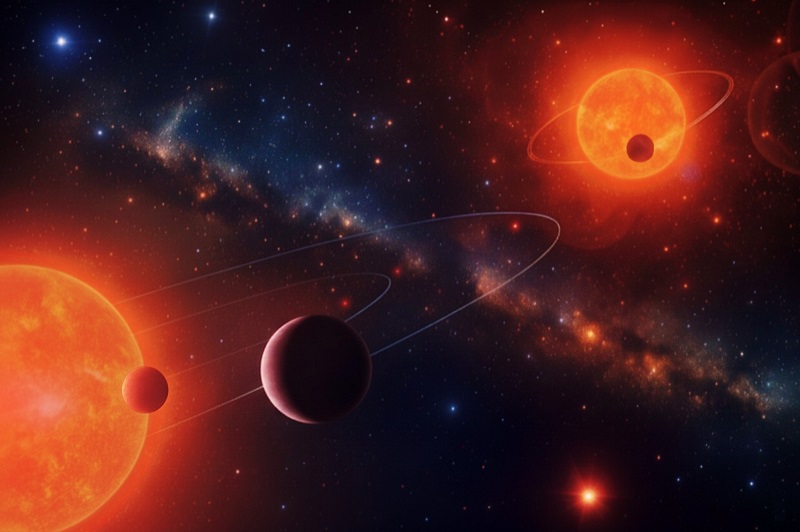Scientists have discovered a completely new way to store digital information—using light and a rare class of materials called ferroaxials. The...
Vous n'êtes pas connecté
- English
- Français
- عربي
- Español
- Deutsch
- Português
- русский язык
- Català
- Italiano
- Nederlands, Vlaams
- Norsk
- فارسی
- বাংলা
- اردو
- Azərbaycan dili
- Bahasa Indonesia
- Հայերեն
- Ελληνικά
- Bosanski jezik
- українська мова
- Íslenska
- Türkmen, Түркмен
- Türkçe
- Shqip
- Eesti keel
- magyar
- Қазақ тілі
- Kalaallisut ; kalaallit oqaasii
- Lietuvių kalba
- Latviešu valoda
- македонски јазик
- Монгол
- Bahasa Melayu ; بهاس ملايو
- ဗမာစာ
- Slovenščina
- тоҷикӣ ; toğikī ; تاجیکی
- ไทย
- O'zbek ; Ўзбек ; أۇزبېك
- Tiếng Việt
- ភាសាខ្មែរ
- རྫོང་ཁ
- Soomaaliga ; af Soomaali
 Maroc - KNOWRIDGE.COM - A La Une - 23/Oct 15:21
Maroc - KNOWRIDGE.COM - A La Une - 23/Oct 15:21
Scientists discover secret light traps in atom-thin material
Scientists have discovered that ultra-thin materials—just a few atoms thick—can naturally create tiny “cavities” that trap light and electrons. This surprising finding helps explain why mysterious quantum effects, such as superconductivity and unusual magnetism, appear in these materials and how they could be controlled in the future. The research, published in Nature Physics, was led […] The post Scientists discover secret light traps in atom-thin material appeared first on Knowridge Science Report.
Articles similaires
Scientists create ultrafast, light-controlled memory with new material
Scientists have discovered a completely new way to store digital information—using light and a rare class of materials called ferroaxials. The...
Physicists Reveal a New Type of Twisting Solid That Behaves Almost Like a Living Material
The discovery of "rotating crystals" marks a major leap in physics and materials research. These unusual solids, composed of spinning particles,...
Scientists discover new way to grow materials on-demand using crystals and light
The new technique could one day be used to create less expensive astronomical sensors. ......
MIT's tabletop method lets scientists see inside atoms for the first time
MIT physicists have developed a molecular technique using radium monofluoride that lets electrons probe inside atomic nuclei, replacing particle...
MIT's tabletop method lets scientists see inside atoms for the first time
MIT physicists have developed a molecular technique using radium monofluoride that lets electrons probe inside atomic nuclei, replacing particle...
Ancient “cosmic knots” may explain why the universe exists
More than 150 years ago, the famous British physicist Lord Kelvin imagined that atoms were tiny knots twisting through an invisible substance called...
Scientists discover three Earth-sized planets orbiting two Suns
Astronomers have discovered a rare planetary system that seems straight out of science fiction — three Earth-sized planets orbiting two suns. The...
Scientists discover three Earth-sized planets orbiting two Suns
Astronomers have discovered a rare planetary system that seems straight out of science fiction — three Earth-sized planets orbiting two suns. The...
Scientists create time crystal that could transform quantum computing forever
A crystal’s beauty comes from how perfectly its atoms line up in space. In 2012, Nobel Prize–winning physicist Frank Wilczek wondered—what if...
Les derniers communiqués
-
Evergreen Elevate Heads to Australia to Empower MSPs with Valuable Strategies and Insights on Better M&A Practices
Evergreen Elevate - 29/07/2025




